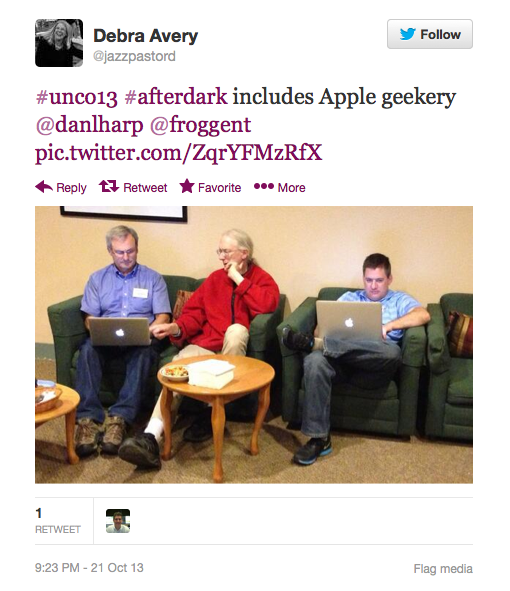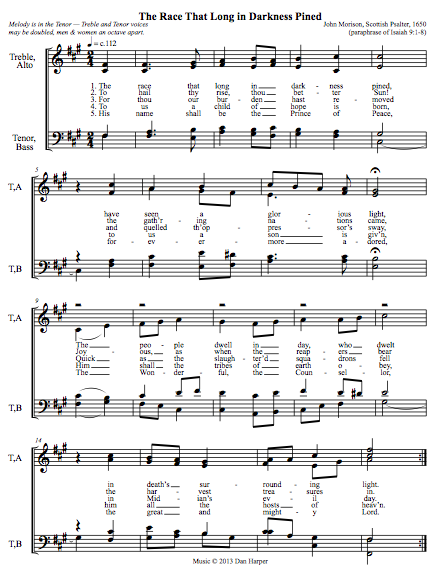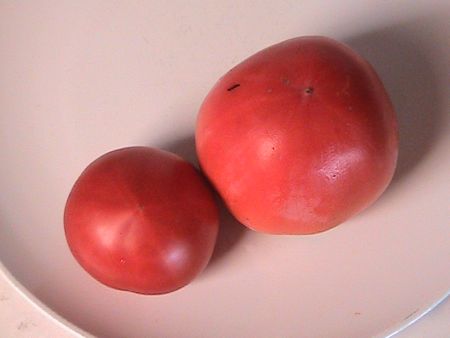UNCO is an unconference. According to Carol Howard Merritt, one of the organizers of UNCO 13 West, here’s how the UNCO process goes:
“• First step — Create a graffiti wall. We write down all of the cares/concerns/dreams/ideas that we carry into the conference.
• Second step — Host discussions on particular topics.
• Third step — If there’s a particular project that needs further fleshing out, then we hold a planning session to decide who/what/how it’s going to happen.
• Fourth step — Report back to the group.
• Fifth step — Stay in contact with one another, encouraging one another throughout the year.”
So a brief worship service this morning, we were all asked to write on the graffiti wall, and within half an hour we had generated a list of half a dozen discussion topics for each of the four hour-long breakout sessions — and had identified a facilitator for each discussion session. In addition to the discussions sessions, Megan also needed an assistant each hour to help out with Kid UNCO, the children’s program. I decided to spend the first two hours with Kid UNCO.
Since we’re meeting during the week, most older kids had to be in school. And kids have to be toilet trained to attend Kid UNCO. So we had just two boys, Adrian and Burke (not their real names to protect their privacy). Adrian is 5 years old, likes to play horsie with adults, and is autistic; Burke is 4 years old, brought two Dinobots with him, and showed us he can count to 100.
Megan talked about the story of Noah while she and Burke (mostly Burke) drew a mural of the Noah story. Adrian didn’t feel like drawing, although he did enjoy playing with the crayons. Since the kids were just 4 and 5, their attention wandered, and I was impressed by the way Megan kept bringing us back to the story, and back to the mural. I mostly work with older kids — school-age children and up — so it was helpful for me to spend two hours with a four year old. It was also really helpful for me to spend two hours with a child with autism. It was perhaps the best two hours of RE professional development I’ve done since Ferry Beach Religious Education Week last summer.

Above is the Noah mural Kid UNCO made this morning. The rainbow is at right; lots of water and an ark in the middle.
More on the afternoon sessions in part 4….





